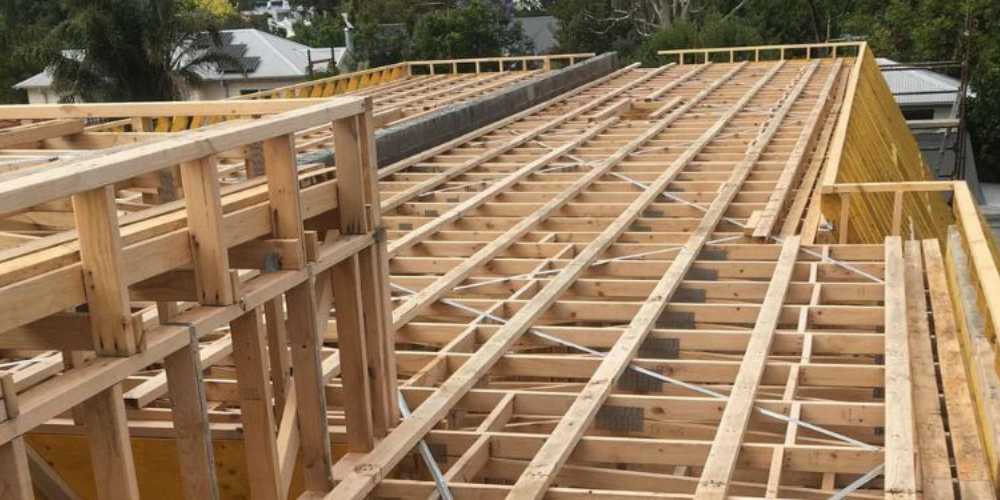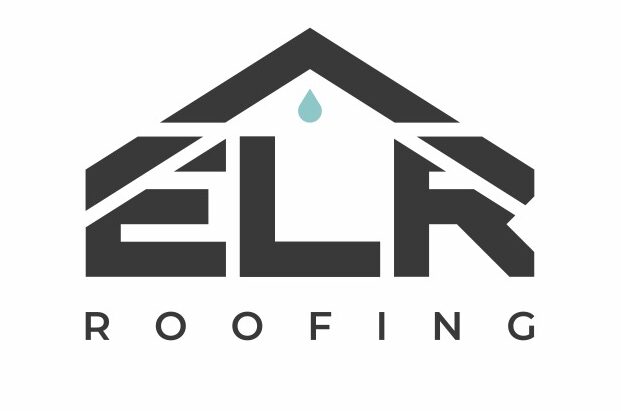
What is a Roof Underlayment
A roofing underlayment is a material applied to the roof to provide a waterproof layer. It prevents water from leaking through the roof and melting snow during cold weather. The most common roof underlayments include tar paper and asphalt shingles, but there are others.
Roofing underlayment is a product designed to help you protect your roof from ice dams. There are several options for roofers when installing an underlayment, but there are caveats when using them. A wire-on type system or an adhesive-based underlayment needs to be installed correctly for it to work properly.
A roofing underlayment improves the durability of your roof due to its ability to provide a layer of protection between the roof membrane and the soil underneath it. In some cases, this might be necessary if you’re adding a new asphalt shingle on top of existing asphalt shingles.
Types of Roofing Underlayment
Roofing underlayment is a layer of material applied to the roof decking to protect it from moisture and provide a smooth surface for the roof decking. The most common types of roofing underlayments include:
Asphalt shingles are the most commonly utilised roofing underlayment material. They are made of mineral-based asphalt mixed with water and other ingredients until it forms a solid substance. This mixture is applied over a metal mesh base installed on the roof’s surface. Asphalt shingles can be used for both residential and commercial applications.
Rubber roofing underlayment is usually used on old or new roofs that have yet to be treated with a roofing coating, such as tar or asphalt, on their surfaces. Rubber roofing underlayment acts as an adhesive layer between the roof and the shingles, helping them adhere to each other during installation. It’s also an excellent choice for windy areas because it provides more stability than other materials and reduces noise during high winds.
Fibreglass roof underlayment is composed of glass fibres bonded together with an adhesive. This product is available in rolls or sheets, between 2/8 and 1 inch thick. Fibreglass underlayments are most commonly used on flat roofs but can also be used on pitched roofs with a slope of less than five per cent. Depending on your type of roof, they can be installed onto existing or new roofs.
Fiberglass also has low moisture absorption properties, making it resistant to mould growth and insects like termites and carpenter ants. However, because fibreglass isn’t waterproof, it must be installed with a vapour barrier layer underneath to prevent water from getting trapped between the roof decking and the underlayment material. This means that if there’s any moisture present inside your home, such as condensation.
Roofs deteriorate with time, just like anything else. Any roof should endure between 20 and 25 years as a general guideline. Consider getting your roof fixed if it is just 10–15 years old and often needs repairs. This will ultimately cost less than having to pay for repairs regularly. Consider getting your roof completely redone when it is 20 years old.
Plywood is another popular type of roofing underlayment material. It’s made from three layers of wood and comes in square or rectangular shapes with dimensions ranging from 8 inches by 8 inches to 16 inches by 16 inches. Plywood is typically used where extra strength is required, such as around chimneys or near gutters and downspouts, because these areas tend to be very heavy on roofs without sufficient support underneath them.
Pros and Cons of Roofing Underlayment
Pros
- Eliminates unpleasant noises from sliding or squeaking roof elements, such as shingles, for example
- Prevents leaks and protects the roof from damage in case of a leak
- Quickly repairs cracks in the shingle surface as well as other damages to the roof.
- Reduces heat transfer through the roof by up to 50%.
- It gives your house a better seal against the elements, including rain, sleet, snow and hail.
- It can be used as a supplemental material to increase the strength of your existing roof system.
- You can use it on any roofing material, even metal or clay tiles.
- It is weather resistant and can be installed in all weather conditions, including heavy snowfall or rainstorms, without any problems.
- It can be used as a supplemental material to increase the strength of your existing roof system.
Cons
- It can be expensive to install, depending on your location and material choice.
- It can cause mould growth in your attic if not installed correctly.
- It can cause rot in your foundation if not installed correctly.
- It can cause the splintering of wood floors if not installed correctly.
- It does not last long. The life span of roofing underlayment is about 4 to 5 years, which is short compared to other roofing products.
- The seams can cause leaks, leading to water damage and costly repairs.
- You can only install them on flat roofs.
The answer to this question is YES. Roofing underlayment is necessary for your metal roof. It protects your home from moisture damage and helps reduce the chances of leaks, which can lead to mould growth and other problems.
On the surface, it might seem a no-brainer that underlayment is necessary for your roof. After all, you will be putting down insulation, ensuring that the roofing material is securely attached to the structure and keeping out airborne debris and moisture.
Underlayment is essential because it provides extra protection for your roofing material. This layer helps protect against damage from water or ice dams, which are common during winter months when temperatures are lower.
Underlayment provides additional protection for any exposed concrete or metal surfaces on your roof. It provides a barrier between your shingles and anything else on top of them, such as gutters or downspouts (if you have one).
Roofing underlayment protects against hail storms and frost heave (a moveable layer of snow that forms over a frozen roof). If you live in a place with frequent hailstorms or heavy snowfall, it’s essential to have good insulation on the exterior of your house and its interior walls and ceilings.
How To Choose Roofing Underlayment for Your Roof
Finding the roofing underlayment that works best with your roof type is the most crucial step in choosing the proper one for your house.
In contrast to a standard asphalt shingle roof, which will likely perform best with a roofing felt underlayment, metal roofs, which can retain more heat, will benefit from a synthetic underlayment with stronger heat resistance.
When choosing roofing underlayment, you have to look at the roofing material. You want to make sure it is suited for your project and that you are getting what you pay for.
Here are some of the questions to ask yourself before you make a final decision on whether to purchase underlayment:
- Is your home older? If so, the house may not have been built with underlayment in mind. The most severe weather conditions could cause damage to your structure if there’s no underlayment on top of the shingles.
- Are you replacing an old roof? If so, you’ll need to measure for space between existing shingles and new ones to ensure enough room for underlayment in each roof area.
- Do you live in an area prone to high winds? Underlayment will help protect your home from wind-blown debris and hail damage during storms.
Underlayment is the layer that sits beneath your roofing system and acts as an additional barrier against the elements, eventually enhancing moisture protection. But this layer of defence needs an intelligent metal roofing system; it is not optional.
To save money, some people could decide against applying underlayment. The metal roof underlayment, however, provides an additional degree of security. Underlayment will help you prevent issues that need to be corrected, saving you money. The quick answer is that underlayment is necessary for your metal roof.
It would help if you had a moisture barrier on your metal roof to prevent condensation buildup. Condensation will form when the air within the house is warmer than outside. Condensation may build up if the roof system is not ventilated.
Like other forms of roofing, metal roofing has to be able to breathe. Static ventilation is used on metal roofs to encourage natural airflow. In other words, it doesn’t require fans or other techniques to provide enough airflow. It’s crucial to have the appropriate roof ventilation at installation time.
The Final Thought
With any metal roof, it’s essential to protect your investment by using the right product. The suitable material will help protect your roofing system, reduce noise and increase structural integrity. There are many underlayment options available, but it’s essential to ensure that they align with the weight capacity of your roofing panels.
Whether you use a metal roof or an asphalt shingle roof, it is essential to have the proper underlayment in place. The underlayment will help provide proper drainage and reduce water leaking into your home.
